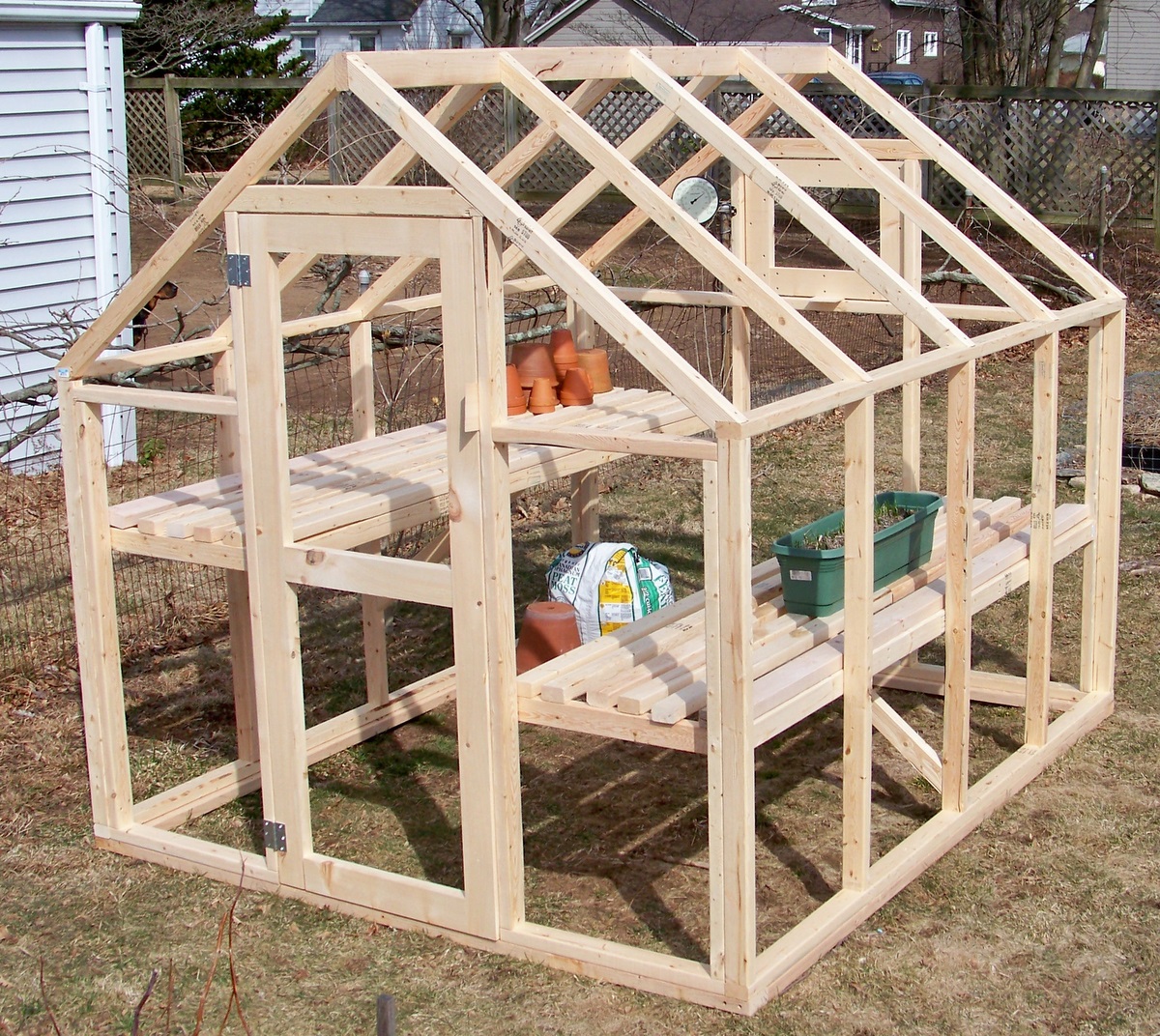Trees are essential to any backyard, providing shade, beauty, and even wildlife habitat. Choosing the right tree for your backyard can enhance your outdoor space, increase property value, and contribute to the local ecosystem. However, selecting the best tree can be overwhelming with so many options available. This guide will help you choose the best trees for American backyards, considering factors like size, climate, and maintenance needs.
1. Maple Trees (Acer spp.)
Why It’s Great: Maple trees are known for their stunning fall foliage, with leaves that turn brilliant shades of red, orange, and yellow. They are versatile, hardy, and can grow in a variety of climates across the U.S.
Popular Varieties:
- Sugar Maple (Acer saccharum): Ideal for large backyards, it’s famous for its sweet sap and vibrant fall colors.
- Red Maple (Acer rubrum): A fast-growing option that thrives in a wide range of conditions.
Considerations: Maples can grow quite large, so they’re best suited for spacious backyards. They also have shallow roots that can spread widely, potentially interfering with other plants or structures.
2. Oak Trees (Quercus spp.)
Why It’s Great: Oak trees are iconic American trees, known for their strength, longevity, and the majestic canopy they provide. They also support a wide range of wildlife, including birds and squirrels.
Popular Varieties:
- White Oak (Quercus alba): A long-lived tree with a wide canopy, perfect for shade.
- Red Oak (Quercus rubra): Grows faster than other oaks and has beautiful red-tinted leaves in autumn.
Considerations: Oaks require space to grow and can take many years to reach maturity. They are also slow-growing, so patience is required, but the result is a magnificent tree that can last for generations.
3. Dogwood Trees (Cornus florida)
Why It’s Great: Dogwoods are beloved for their spring blooms, which can be white, pink, or red. They’re smaller trees, making them ideal for smaller yards or as ornamental accents in larger landscapes.
Popular Varieties:
- Flowering Dogwood (Cornus Florida): Known for its showy blossoms and vibrant fall foliage.
- Kousa Dogwood (Cornus kousa): Offers later blooms and attractive, peeling bark.
Considerations: Dogwoods prefer well-drained soil and partial shade. They are relatively low-maintenance but can be susceptible to diseases like anthracnose, so proper care is essential.
4. Magnolia Trees (Magnolia spp.)
Why It’s Great: Magnolia trees are treasured for their large, fragrant flowers and glossy green leaves. They add a touch of elegance and are often used as focal points in landscaping.
Popular Varieties:
- Southern Magnolia (Magnolia grandiflora): A classic choice with large, white flowers and evergreen leaves, popular in the South.
- Saucer Magnolia (Magnolia × soulangeana): Known for its pinkish-purple blooms that appear in early spring.
Considerations: Magnolias can be messy, shedding leaves, flowers, and cones. They prefer acidic, well-drained soil and may require some pruning to maintain their shape.
5. Cherry Trees (Prunus spp.)
Why It’s Great: Cherry trees are famous for their springtime display of delicate blossoms. In addition to their ornamental beauty, some varieties also produce edible fruit.
Popular Varieties:
- Yoshino Cherry (Prunus × yedoensis): Celebrated for its stunning white or pink blooms, often seen in cherry blossom festivals.
- Black Cherry (Prunus serotina): Produces small, edible cherries and is also a valuable wildlife tree.
Considerations: Cherry trees can be prone to diseases like black knot and leaf spot. They require well-drained soil and full sun for the best flowering.
6. Birch Trees (Betula spp.)
Why It’s Great: Birch trees are known for their distinctive white bark and graceful, slender form. They add texture and visual interest to any landscape.
Popular Varieties:
- River Birch (Betula nigra): More heat-tolerant than other birches, with peeling bark in shades of cream, salmon, and cinnamon.
- Paper Birch (Betula papyrifera): A classic birch with striking white bark and yellow fall leaves.
Considerations: Birches prefer cooler climates and moist, well-drained soil. They can be susceptible to pests like the bronze birch borer, so regular monitoring is important.
7. Redbud Trees (Cercis canadensis)
Why It’s Great: Redbud trees are beloved for their vibrant pink or purple flowers that bloom in early spring, even before the leaves emerge. They are excellent small to medium-sized trees for adding color to your backyard.
Popular Varieties:
- Eastern Redbud (Cercis canadensis): The most common variety, known for its heart-shaped leaves and vivid flowers.
- Forest Pansy Redbud: Offers deep purple leaves that turn red in the fall.
Considerations: Redbuds are relatively easy to care for, preferring well-drained soil and full to partial sun. However, they are short-lived compared to other trees, typically lasting around 20-30 years.
8. Crape Myrtle (Lagerstroemia spp.)
Why It’s Great: Crape myrtles are prized for their long-lasting summer blooms, which come in various colors, including white, pink, red, and purple. They also have attractive bark that peels to reveal different shades of color.
Popular Varieties:
- Natchez Crape Myrtle (Lagerstroemia ‘Natchez’): Known for its white flowers and cinnamon-colored bark.
- Muskogee Crape Myrtle: Offers lavender flowers and a fast growth rate.
Considerations: Crape myrtles thrive in warm climates and prefer full sun. They can be prone to powdery mildew and aphids, so regular maintenance is necessary to keep them healthy.
9. Evergreen Trees (Various Species)
Why It’s Great: Evergreen trees provide year-round greenery and can serve as excellent privacy screens, windbreaks, or focal points in your landscape. Popular evergreens include pines, firs, and spruces.
Popular Varieties:
- Eastern White Pine (Pinus strobus): A fast-growing, soft-needled pine that’s excellent for large spaces.
- Colorado Blue Spruce (Picea pungens): Known for its striking blue-gray needles and conical shape.
Considerations: Evergreens need well-drained soil and varying degrees of sunlight depending on the species. They require space to grow and can be prone to pests like pine beetles.
10. Fruit Trees (Various Species)
Why It’s Great: Fruit trees are not only beautiful but also provide the added benefit of producing edible fruit. Popular backyard fruit trees include apples, pears, peaches, and plums.
Popular Varieties:
- Apple Tree (Malus domestica): Many varieties are available, suitable for different climates and spaces.
- Peach Tree (Prunus persica): Thrives in warmer climates and produces juicy, sweet fruit.
Considerations: Fruit trees often require more care than ornamental trees, including pruning, pest control, and regular fertilization. They also need full sun and well-drained soil to produce healthy fruit.
Conclusion
Choosing the right tree for your backyard can transform your outdoor space into a beautiful, shaded retreat. Whether you’re looking for vibrant fall color, fragrant spring blossoms, or year-round greenery, there’s a tree that’s perfect for your needs. Consider the size of your yard, your local climate, and the amount of maintenance you’re willing to commit to when selecting your tree. With the right choice, your backyard tree will provide enjoyment for years to come.






Leave a Reply